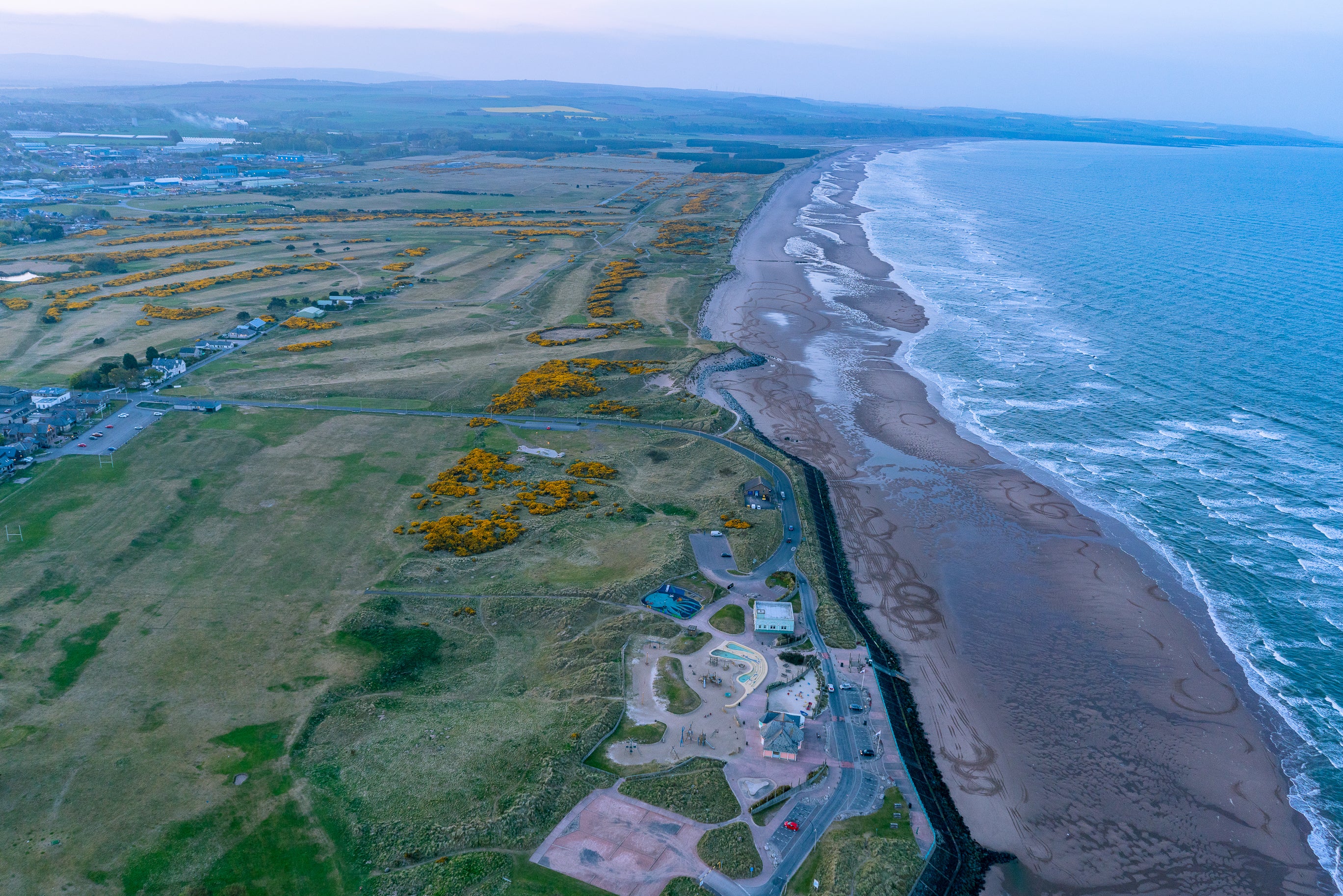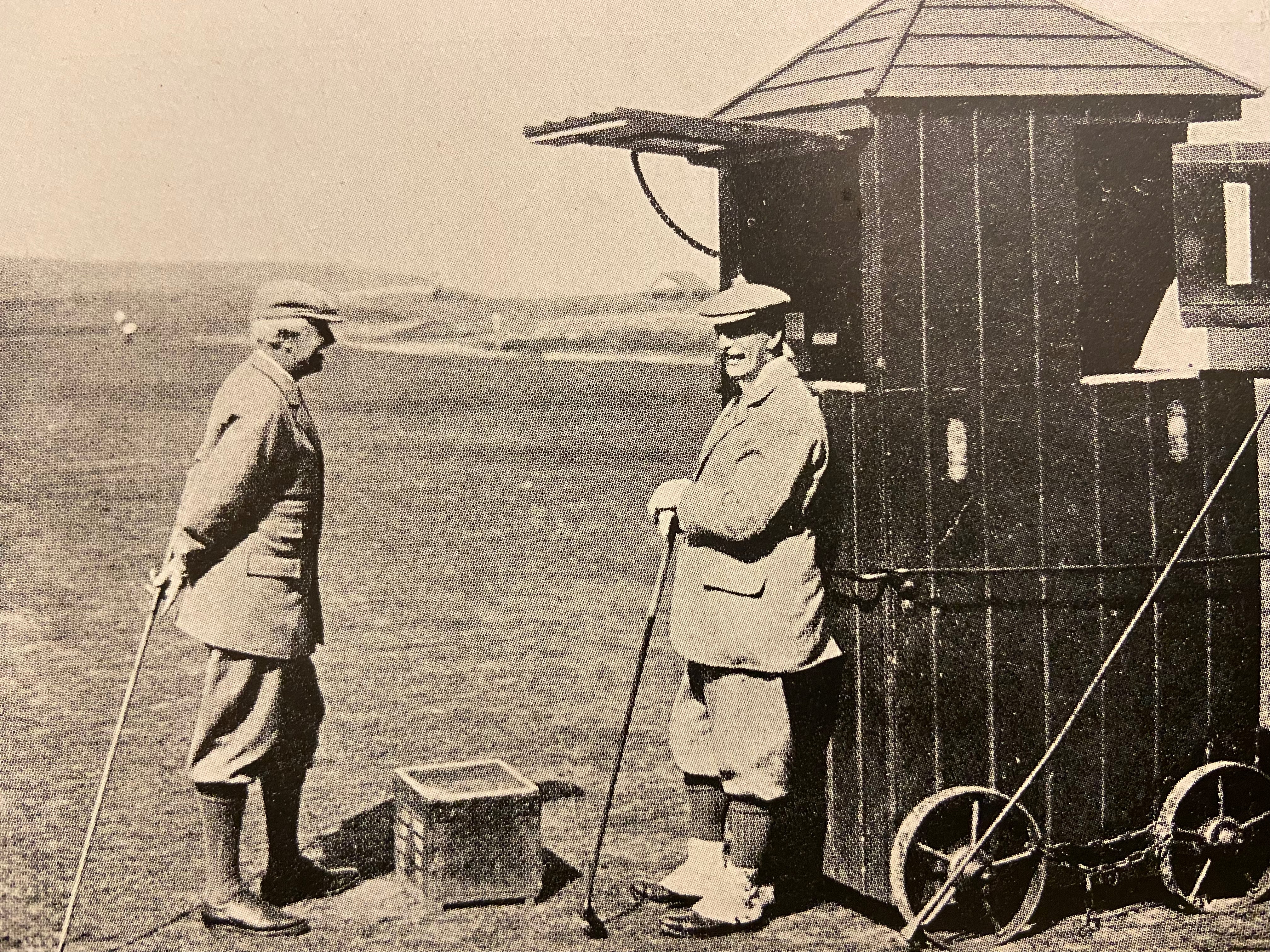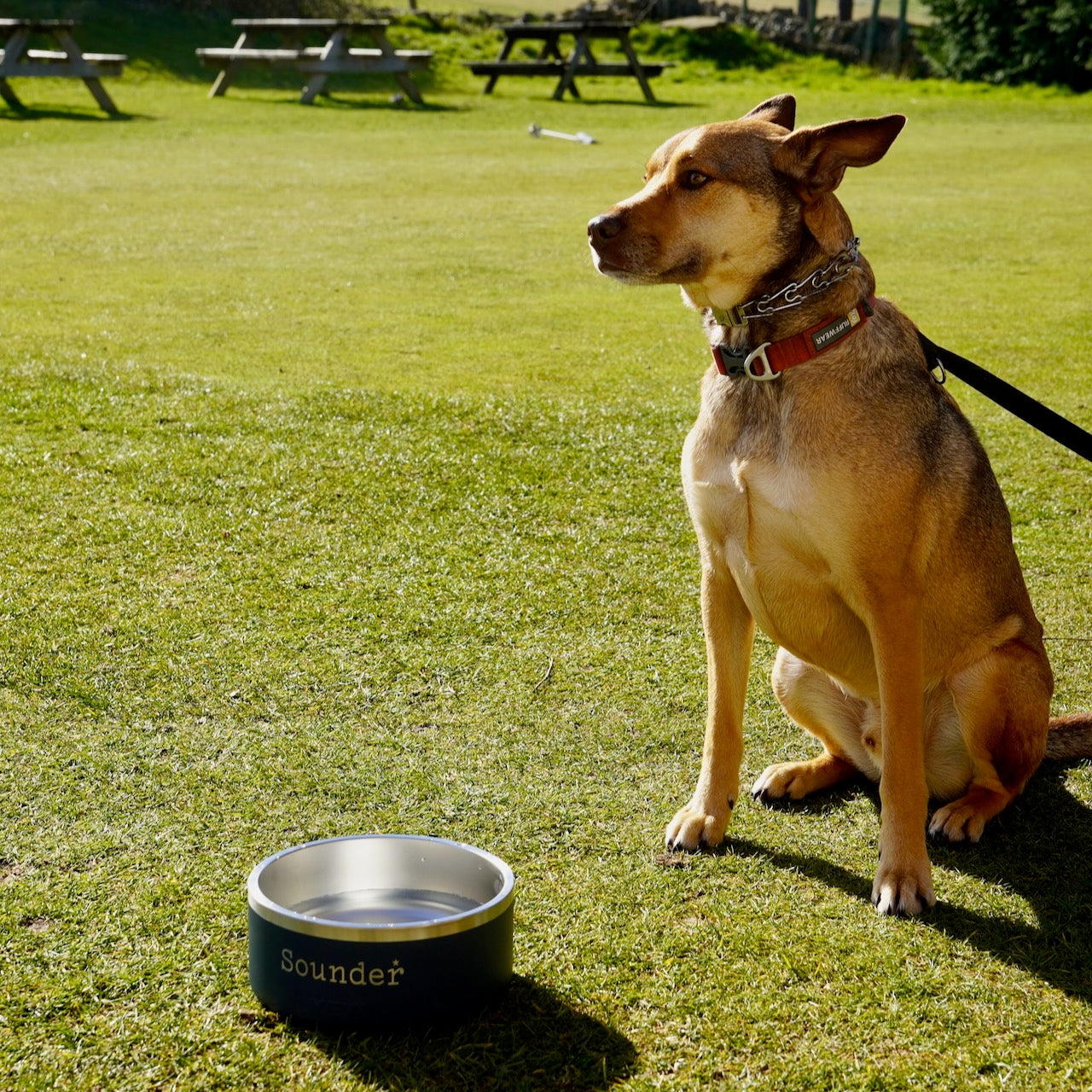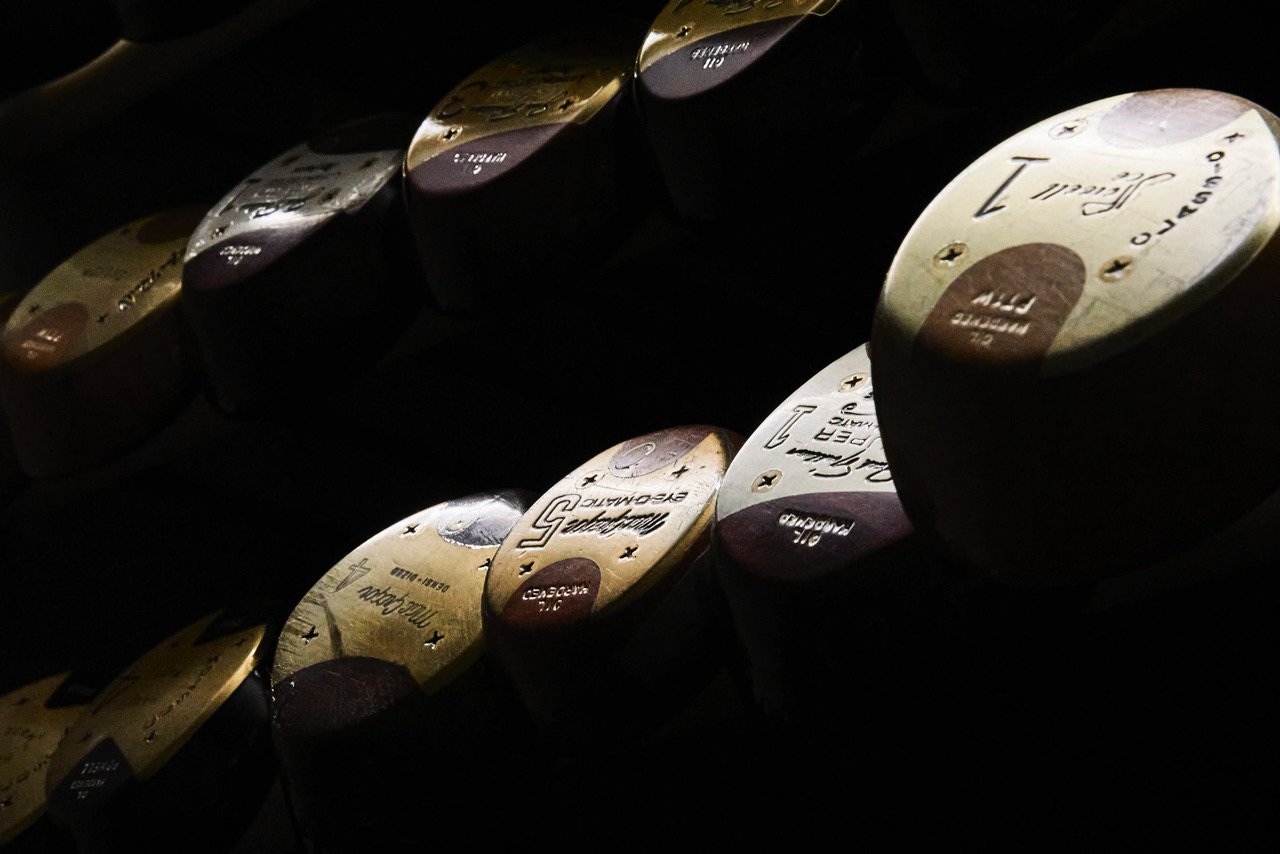Sounder was the brand of golf clubs that the great Seve Ballesteros played when he first came on the scene back in the seventies. When we decided to launch a new golf brand, we felt that the great Spaniard represented everything that we wanted to celebrate in the game – the creativity, flair and sheer charisma that helped get all of us hooked on the game as kids. We’ve loved bringing the Sounder name back to life – which got us thinking about other brands from the golfing days of our youth...
Ram
Ram’s Tour Grind blades were the weapon of choice for single figure players in the 1980s, and the company boasted a roster of tour players including Tom Watson, Ray Floyd and Nick Price. Watson was using a Ram Tour Grind wedge when he chipped in on the 71st hole of the 1982 US Open at Pebble Beach, while Price won the 1994 Open at Turnberry with the company’s innovative Zebra mallet putter. The brand has passed through multiple owners over the years, including – somewhat bizarrely – a spell as part of global toothpaste conglomerate Colgate-Palmolive. Eventually the company was split in two, with the ball manufacturing and club-making business acquired by TaylorMade and Tommy Armour respectively. The brand still exists today, focussing on what we might politely describe as ‘value’ clubs, accessories and shoes.
Daiwa
Ian Baker-Finch won the 1991 Open Championship at Royal Birkdale with Daiwa clubs, before the spectacular collapse that famously saw him hook the ball out-of-bounds from the first tee at the Old Course just four years later. A promising junior by the name of Eldrick 'Tiger' Woods also played Daiwa’s Advisor DG-273 blades in 1992-93 – the DG came from the initials of 1981 US Open winner David Graham, while 273 was his winning score at Merion. The Japanese company stopped producing golf clubs in the 1990s, choosing to focus on their core sporting business – producing fishing rods and reels.
Spalding
Spalding’s origins as a club manufacturer date back to the early 20th century, when a company founded in the UK began exporting to serve the rapidly-growing golf market in the US. The brand is credited with a number of innovations in club-making, manufacturing aluminium fairway woods and using softer lead as a face insert on putters as early as 1910. By the end of the century, Spalding was a premium marque – Greg Norman used the company's Tour Edition irons, while the Top Flite ball brand included the premium Z-Balata, as well as the two-piece rocks found on driving ranges all over the world. Spalding’s golf business was acquired by Callaway in the early 2000s, a deal that also included the Ben Hogan brand. Hogan’s Apex sub-brand lives on as the marque for Callaway’s premium forged iron range, while Top Flite remains the budget golf ball of choice for 36-handicappers everywhere.
John Letters
John Letters was once the powerhouse of British golf brands – eight out of the 10 British players in the 1949 Ryder Cup played clubs made in the company’s Glasgow workshop. Dunlop acquired John Letters in 1957, before the Letters family bought it back 25 years later. A number of different owners tried to revive the business, but the golf industry had moved on and the brand limped into the new millennium before finally collapsing into administration. The company’s classic Golden Goose putter was used by Lee Trevino and Gary Player, and can still be found lurking in the golf bag of 16-handicap seniors who have just won the monthly stableford with 45 points.
EEE3ZZZ
The Ping Eye II was a genuine innovation in golf club technology – a cast, offset, perimeter-weighted iron that featured in the bags of multiple major winners. The Beryllium copper edition used by Mark Calcavecchia to win the 1989 Open at Troon were particularly desirable, but they were also very expensive – which is where the EEE3ZZZ comes in. A blatant Ping ripoff, this copycat club provided an affordable route into golf for thousands of junior golfers. Ebay is full of ‘pre-loved’ EEE3ZZZ clubs at bargain prices – but the rest of the internet is strangely silent about the destiny of this once ubiquitous brand.
Postscript
Our occasional Solid 5 series taps into the collective hive mind that is the Sounder community, and this topic really touched a nerve with our group of golf geeks. While we only had room for five brands in this post, we should give honourable mentions to Sonartec, ProSimmon, Stubert, Maruman, McGregor, Maxfli, Stylo, Bullet, Ben Sayers, Kasco, Calex, Swilken, Fazer, Tiger Shark…
Read more

Our new luggage range is handmade by the team at Montrose Rope & Sail, a 230-year-old firm located just a few solid iron shots away from the town’s even more historic golf course. Here, Managin...

In the second part of our ‘interview’ with Horace Hutchinson, the English pioneer who played, wrote and travelled widely in golf’s early years, we hear tales of Old Tom Morris, John Ball and JH Tay...




